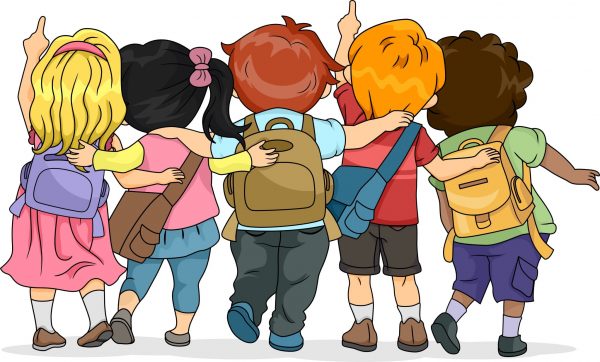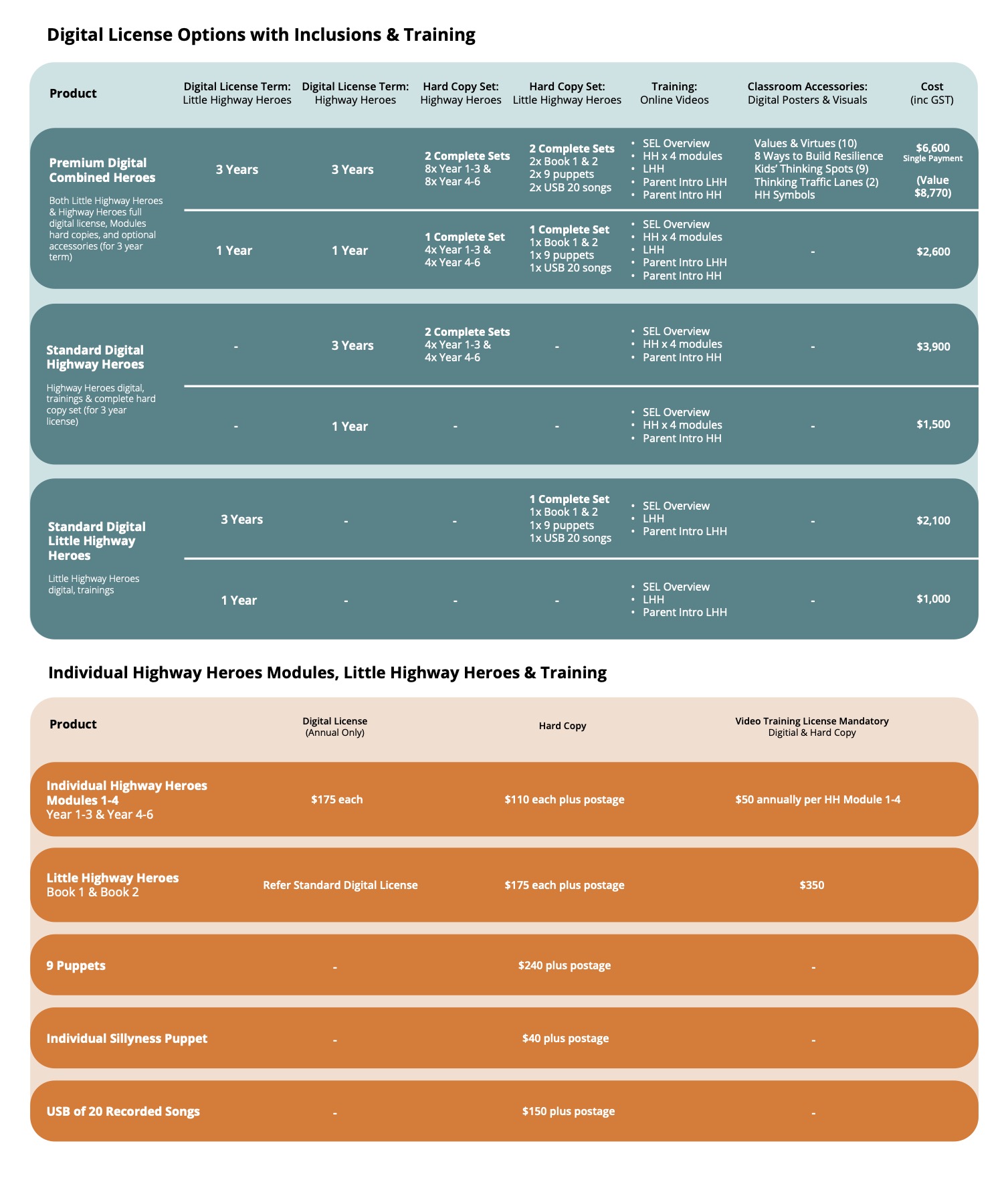Life, as it happens, is rarely a smooth ride for most of us. From tiny little bumps in the path, to great big seemingly insurmountable hazards, it’s fair to say that everyone needs some immunisation against those trials and challenges in order to stay the path of life.
Resilience is that immunisation against the to-be-expected perils of life. Just like an immune system protects the body against illness and disease, so too, resilience protects the body and mind against the bumps and hazards along the incredible journey called life.
Resilience is something that can be taught and learned. It is forged through lived experience and polished to a shine by repeated passes of the stuff of life – the little stuff and the very big stuff too. Every child’s resilience can be grown in purposeful ways through focus at home and school on the 8 ways to build mental and emotional life-buffers.
-
Resilient role models
– how do you model resilience, for it is shaping the brain of the child you are influencing? Disappointments, frustrations and let down’s – what’s your way of managing these bumps and hazards because there are impressionable eyes watching and taking the lead from that every moment of every day.
-
Positive belief in your ability
– knowing and celebrating your strengths build self-esteem and self-worth even when the going gets tough. Taking those moments of difficulty, distress or despair and finding the moments of personal gold – how well you coped, how you soldiered on and how you got through. Find them, notice them and point them out to yourself. When that’s mastered, start doing it for your child.
-
Hope and optimism
– humans do better and get through the most trying of situations when there is hope. Consciously choosing your thinking about a difficult situation like, “It will be over soon,” or, “It’s not the end of the world” helps your brain to be resilient. It immunises it against negativity and loss of hope for anything better. It’s hard. It takes work. But it improves every situation and is worth the effort.
-
Flexibility
– embrace change. Build the thinking and action that helps a child to be flexible when things don’t go to plan. Acknowledge the disappointment and frustration. Teach the calming down process and move through it.
-
Meaning and purpose
– moment-to-moment frustration to the point of giving up can be averted if there’s a big picture to motivate the child. All frustration in practising a skill become bearable if the end point is established and the need to repeat and repeat and repeat is identified. Start with a picture of the finished product first and then identify the many steps in the journey to get there.
-
Build bridges
– being surrounded by resilient people doing resilient things and those that hold you up when the going gets tough is one of life’s essentials. There are resilience vampires out there in child and adult world – they sap you of your self-confidence and self-esteem, so build bridges with those who hold up, fan the flames and model resilience themselves.
-
Problem solving
– and taking action on it leads to self-improvement. Being resilient means leaning into difficulties and weaknesses and actively planning steps to get through it. The opposite and often seen actions are avoidance, blaming others and self-flagellation for not naturally being the best at everything. Make a plan, identify possible pitfalls, practise self-soothing and all together that builds persistence – resilience’s little sister.
-
Self-acceptance
– is it a sad truth in an insta-perfect world that we are all flawed in some way. Not everyone is cut out to be the world’s greatest scholar, next basketball super-hero, or high-powered company CEO. But somewhere in this great big world there’s a place just for us – a place to be the very best version of ourselves, to accept that person warts and all and to find opportunities for grow and for celebration of self.
Being resilient means being able to take our own unique human package, unwrap it, fill in the gaps in ability, steel ourselves for the highs and lows of the journey and help others along the same journey to do the same. Edith Grotberg had it right when she identified, “I can…, I am… and I have…” as the opening statements of the resilient child and adult. I can – my ability. I am – my identity. I have – my resources. Collectively, these build resilience.
Every child is going to experience this thing we call life and mental and emotional resilience is the protective shield against too much hurting and harming the heart. Let’s all model it, build it, talk about and teach it.


